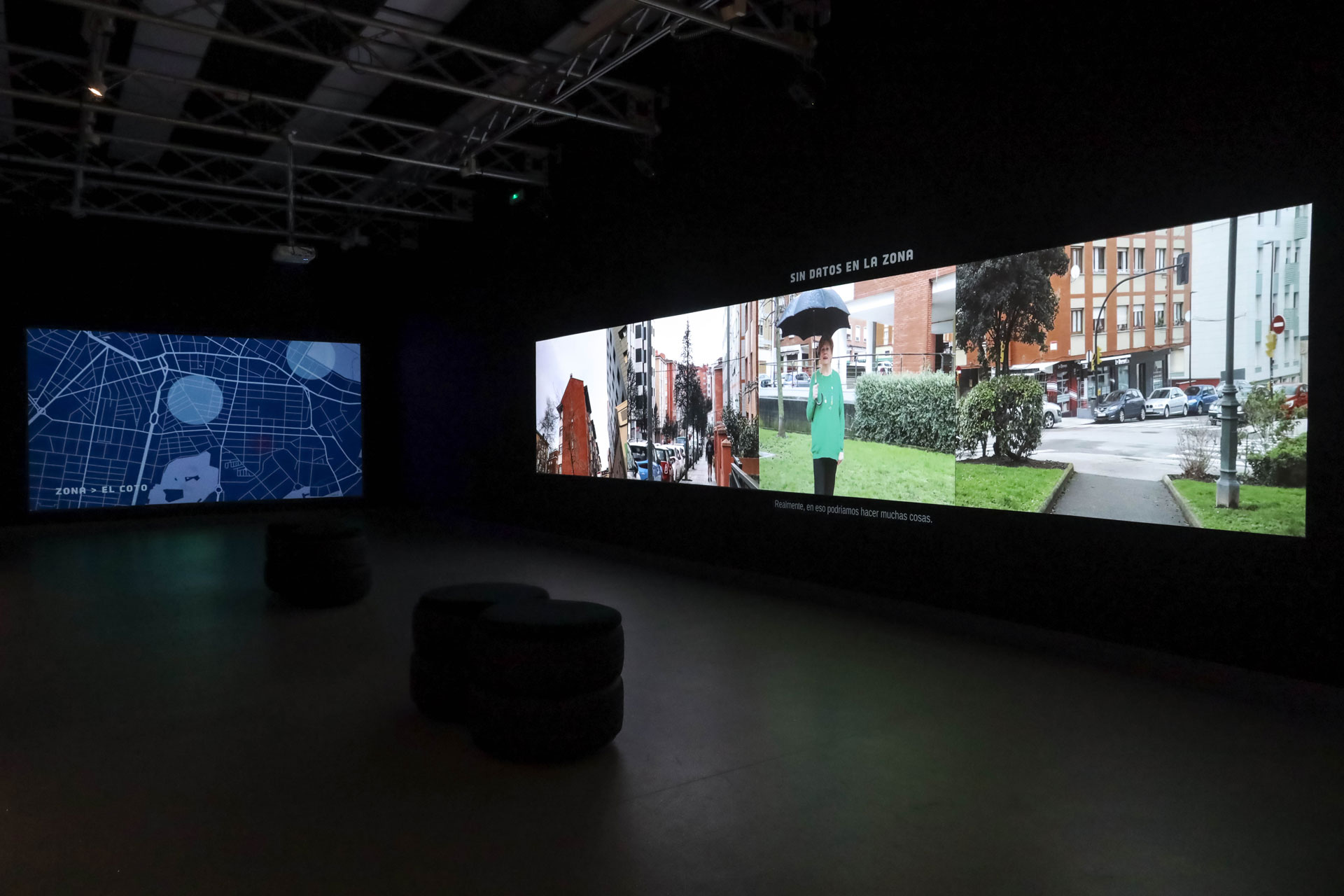«Breathed Landscapes» is an audiovisual installation that, through an artistic lens, delves into personal and non-expert perspectives on the air we collectively share and breathe as citizens of a city. Gathering insights from residents across different neighborhoods in Gijón, who are interviewed and photographed in their everyday settings, the project aims to offer a more intimate and social understanding of how air shapes urban experiences, unveiling the emotional and human geography of the city.
Given our lack of specific senses to assess the substances present in the air – substances that are inherently volatile, loosely bound, and invisible to our eyes – our perception of the constant flow entering and exiting our bodies often hinges on whether our senses can detect specific colors or odors, among other cues. This tendency can lead us to overlook the true implications of essential activities like breathing in certain urban environments, steering us towards interpretations influenced by beliefs, myths, or cultural perspectives that may not always align with reality.
Few aspects unite city dwellers as universally as the air we breathe. Yet, variations in air quality across the urban landscape result in significant disparities in how we navigate life at every conceivable level.
«Breathed Landscapes» aims to explore the subjective and personal perceptions of the air we share, within an audiovisual composition that also includes socio-economic data and measurements of PM10 and PM2.5 particles from stations scattered throughout the city.
Winning project of the annual call for proposals by FMCEyUP in the Artistic Productions category.
Sala 1 CCAI – Centro de Cultura Antiguo Instituto, Xixón/Gijón
From 13.3.24 to 17.4.24
Available for new show
Dossier PDF
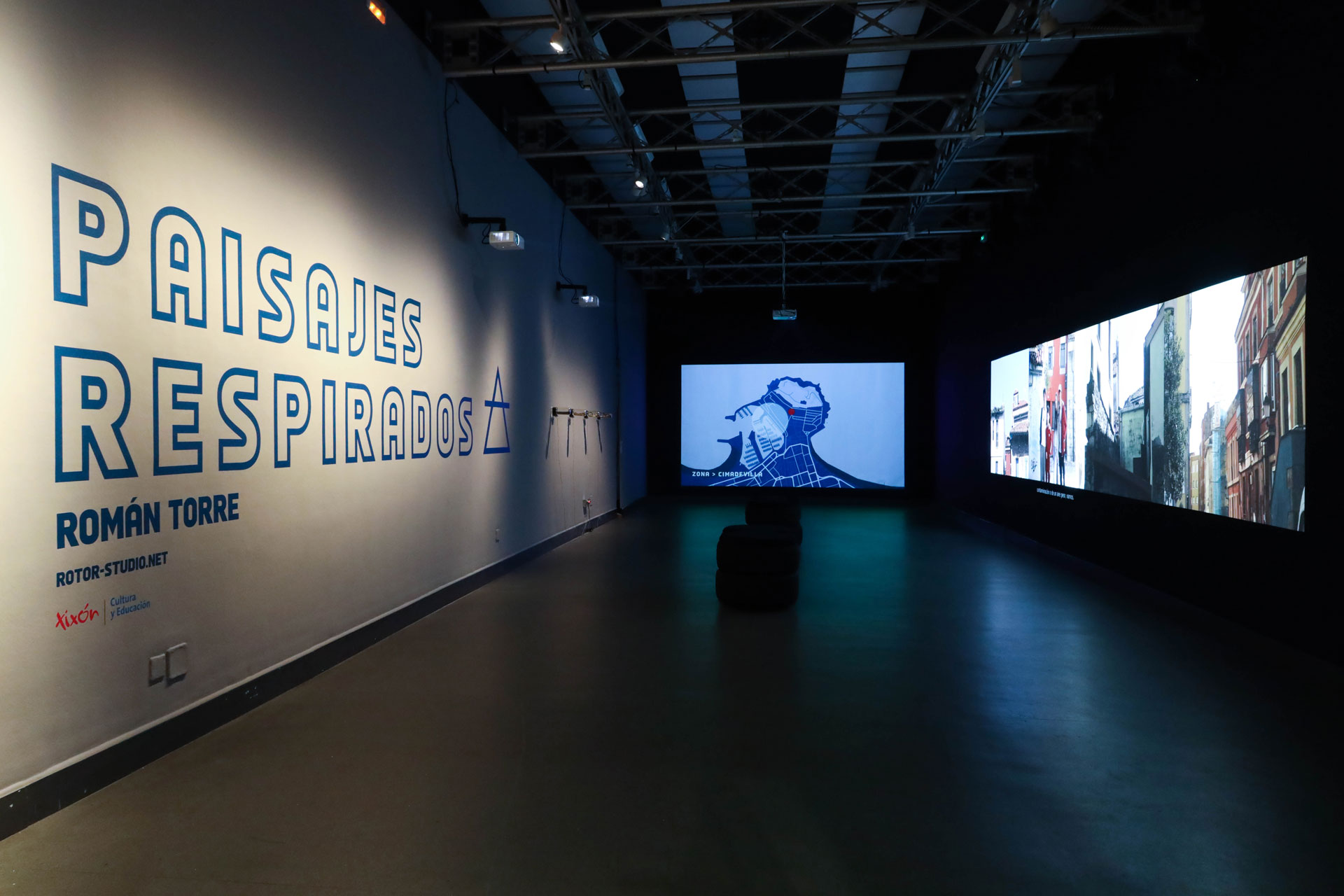
Credits:
Concept / production / Design: Román Torre y Ángeles Angulo.
Thanks to over thirty participants for their testimonies.
Rotor Studio
Support:

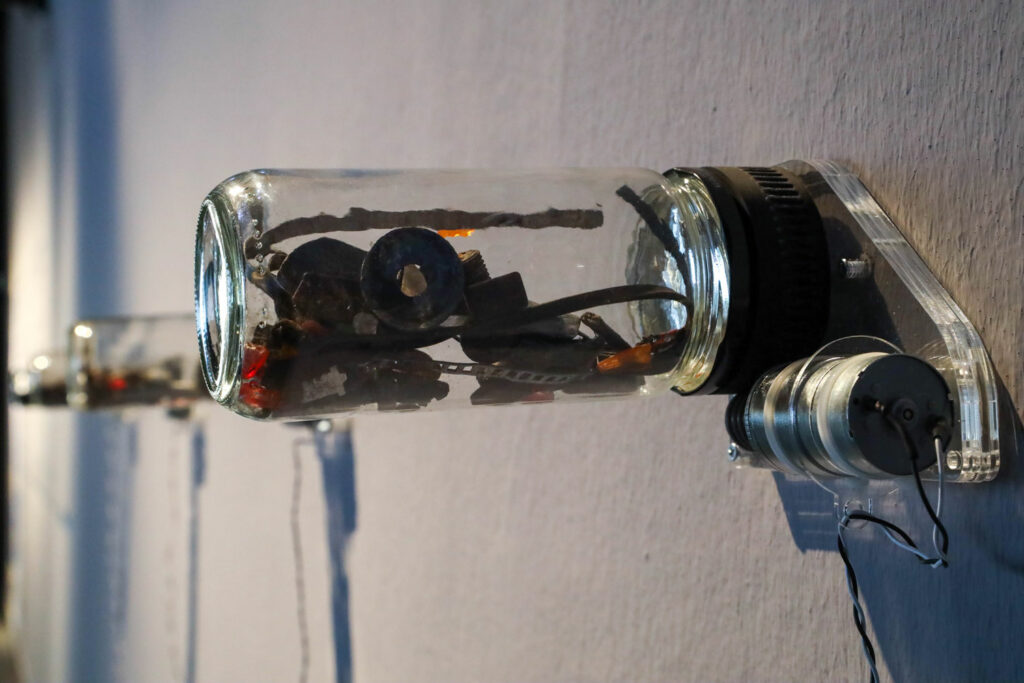

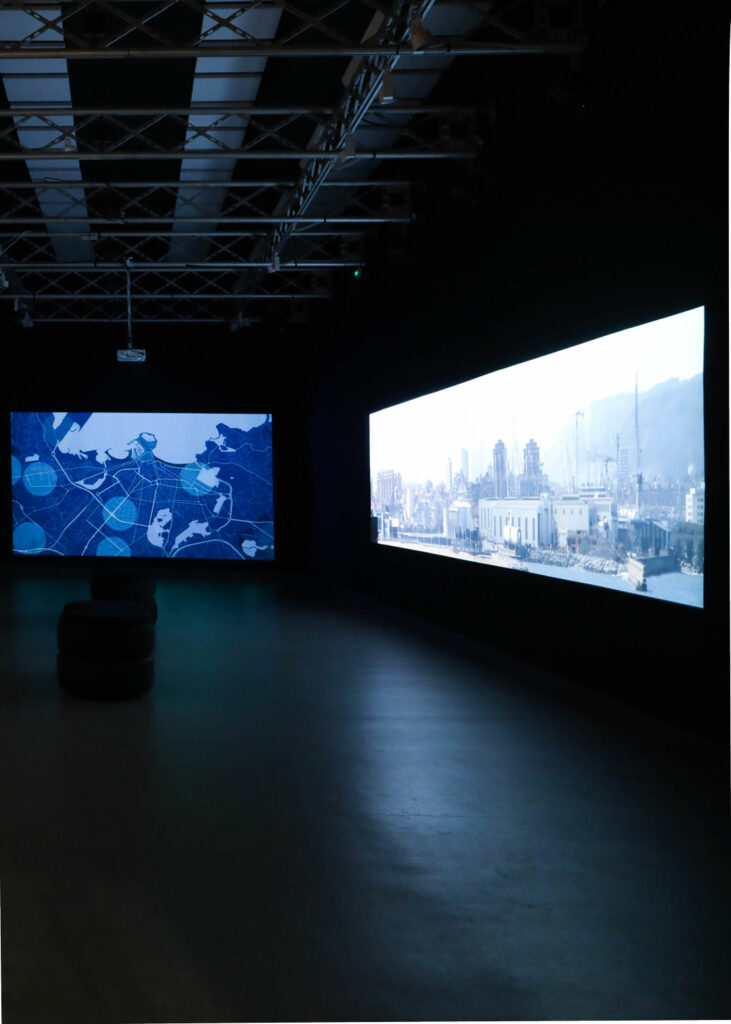
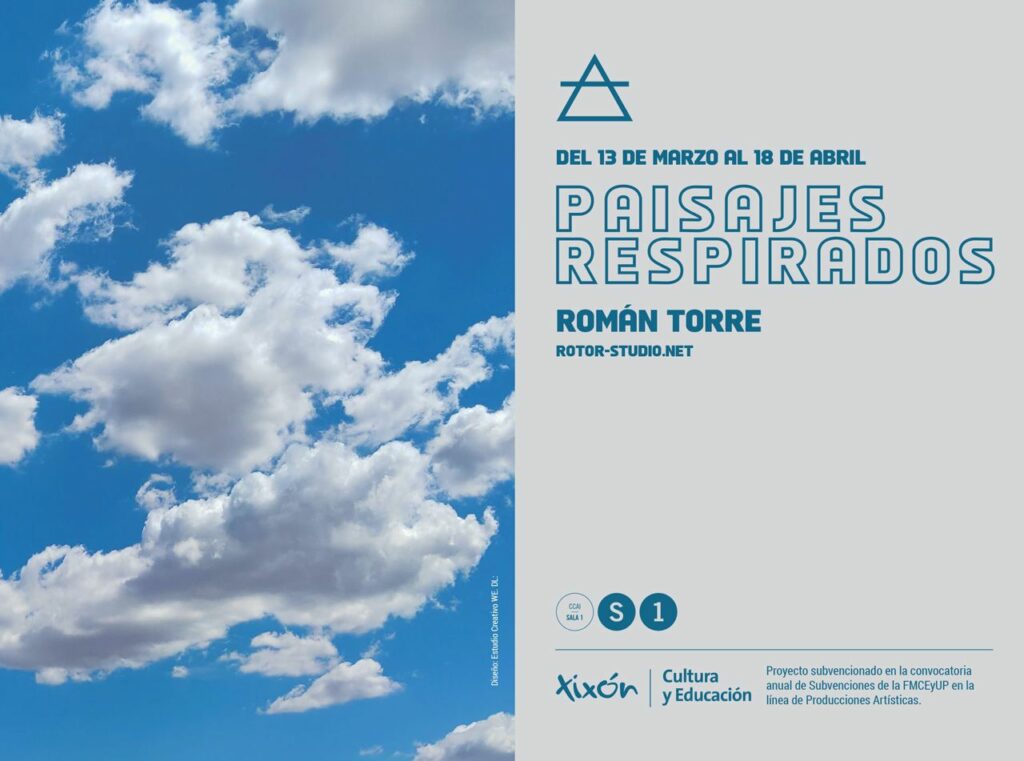

Follow us
Newsletter
